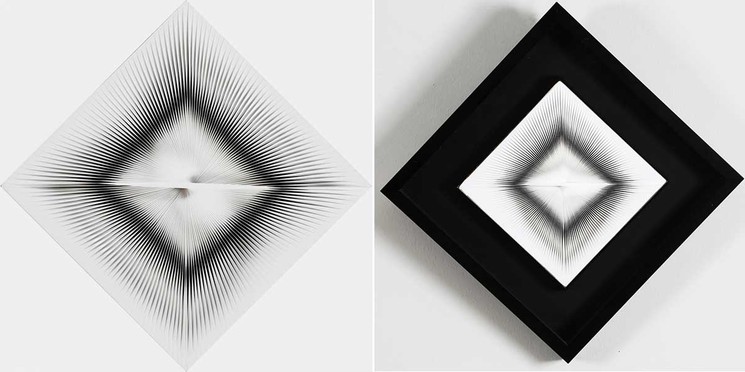
Biography
Toni Costa, born in 1937 in Padua, is a major figure in kinetic art and Arte Programmata in Italy. In 1960, he co-founded the Gruppo N with Alberto Biasi, Ennio Chiggio, Edoardo Landi, and Manfredo Massironi. This collective stood out for its experimental approach, rejecting traditional art conventions to explore new forms of visual expression.
Gruppo N defined themselves as “visual operators", emphasizing the role of the viewer's perception over the artist's subjectivity. Influenced by Gestalt psychology, they aimed to integrate art into everyday life, dissolving boundaries between painting, sculpture, architecture, and industrial design.
Costa took part in key exhibitions such as “Nove Tendencije" in Zagreb (1961, 1962) and “Arte Programmata" organized by Olivetti in 1962, with texts by Bruno Munari and Umberto Eco. In 1965, he exhibited at the MoMA in New York in “The Responsive Eye", and one of his works was acquired by the museum's permanent collection.
After Gruppo N dissolved in 1965, Costa continued exhibiting, notably at the Waddell Gallery in New York and the Barozzi Gallery in Venice (1969), and the Lorenzelli Gallery in Milan (1973). His work was rediscovered in the 2000s, with shows such as “Arte programmata e cinetica" at Rome's Galleria Nazionale d'Arte Moderna (2012), “Ghosts in the Machine" at the New Museum in New York (2012), and “Percepción e Ilusión" at the Museo de Arte Contemporáneo in Buenos Aires (2013).
Toni Costa remains a central figure in optical art and programmed art, known for his interactive artworks and visual perception research.
Nationality